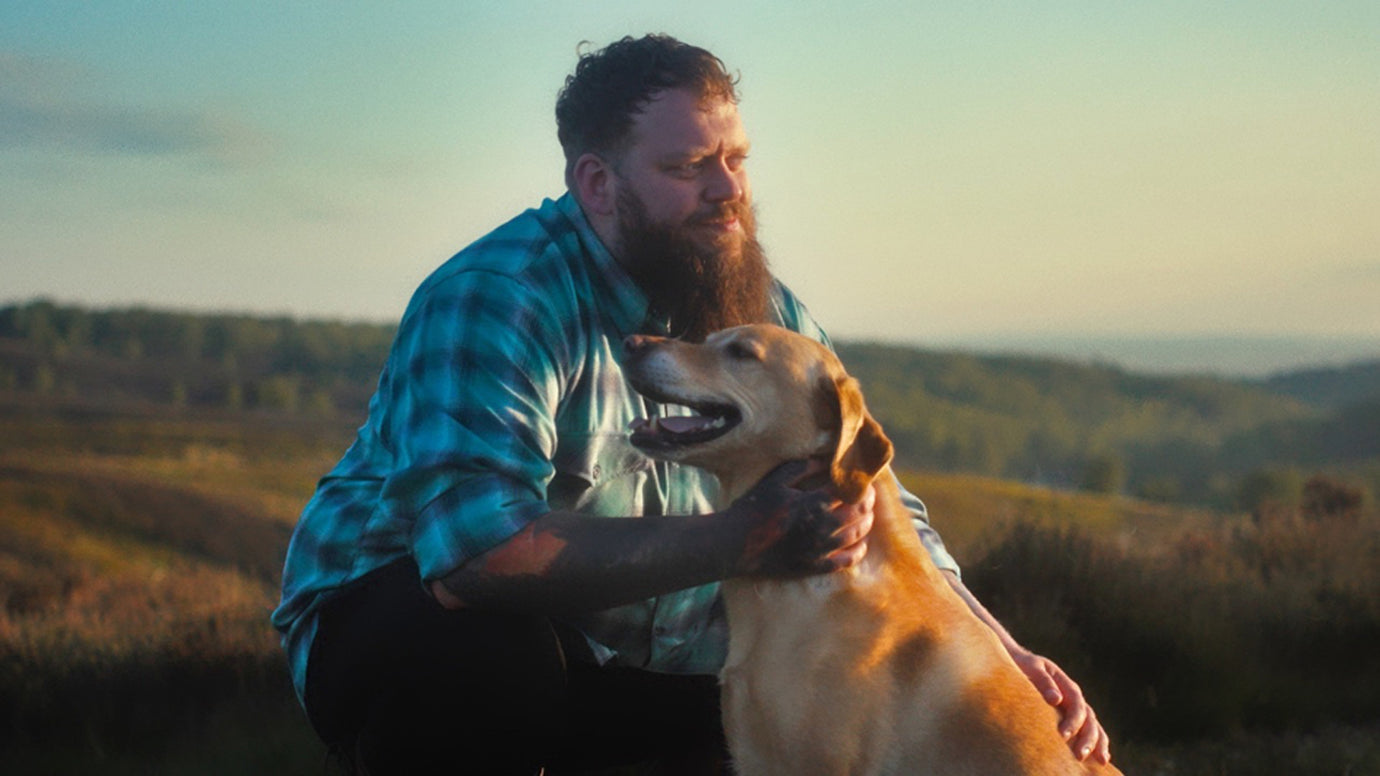Advice on preparing for autumn and winter with your horse

It's difficult to think about winter in the current heatwave but, by August, the nights start to draw in and, as every good equestrian knows, planning ahead is essential for good horse management. Here are some key pointers to help you get prepared for autumn and winter.
Forage If you keep your horse at home or if you have enough storage, this is the time to think about buying your winter hay supply. Normally farmers complain about the weather and prophecy hay shortages but they will have absolutely no excuse this year after the current heat wave, perfect weather for haymaking. Buying hay in bulk is often cheaper and ensures consistency across the bales which are not always the case if you have to buy as you go, possibly from different suppliers. Tack and equipment All winter rugs should be cleaned, repaired as needed and turnout rugs proofed ready for the winter season. Summer rugs such as fly rugs and cotton sheets will be discounted now in many saddleries as they make way for winter stock so it is an excellent time to pick up a bargain to put away ready for next year. Any tack that will not be used throughout the winter months should be cleaned and oiled and put into storage. Clippers should be checked over and serviced if need be and blades sharpened ahead of those woolly coats. Clothing Check that you have enough winter coats and gloves in a fit state of repair to be serviceable. Discard any that really don’t make the grade and replace them before the cold weather. Likewise, warm and waterproof boots are a key item for any horse owner, preferably ones with a good non-slip sole for icy/snowy conditions. Stabling and other buildings When horses are out to grass in the summer months, this is the perfect opportunity to undertake any maintenance and repairs on yard buildings and stables to ensure that they are free from leaks and serviceable ready for winter occupation. Bedding and matting can be removed, walls and ceilings made free from cobwebs and the entire stable disinfected, pressure washed out and left to dry. Clear downpipes and guttering of summer debris and ensure they are free-flowing. Rodent control Mice and rats can cause a lot of damage to electrical wiring within buildings with all the attendant fire risks. They can also chew and harm equipment such as rugs and tack and cover hay with urine which is a particular problem with rats which carry Weil’s disease or Leptospirosis. Rodents start to look for shelter in yard buildings and hay barns after harvest so this is the time to set up baited traps to keep the population at bay. Usually, rats follow set pathways and have particular entrance points to buildings or shelter, traps can be easily created using a small box or a couple of roof tiles and then set with poison which is a treated wheat, usually brightly coloured. Traps should be checked at least once a week, more frequently during wet weather and the bait replaced if it has been eaten. Grazing Winter pastures should have been rested and then rolled and treated for weed and other unwanted plants. Keep an eye on grass growth and weed predation throughout the summer months and if necessary, keep topping the grass and don’t let it get too long. This actually promotes better grass growth and a denser sward which in turn helps squeeze out unwanted plants. Check, repair and replace any damaged fencing, ensure gates are working properly and are adjusted if they have dropped on their hinges. Review the water supply to the field and check any pipework. Insulate any pipework that supplies the yard, this doesn’t always prevent a complete freeze but can help keep water running at lower temperatures. Drainage After a very wet winter, most people are quite aware of where their land or yard is prone to flooding. The summer months are the time to review drainage options and to sink land drains or sumps to collect excessive rainfall. Fill holes on paths with hogging and then gravel or surface over the top. Hardcore is also great for gateways and helps prevent poaching in wet winter weather. Travel and transport If you have a trailer or lorry and won’t be using it much over the winter, try and find somewhere with hard standing to park it. Leaving vehicles on wet and muddy fields encourage damp and causes corrosion to the underside of the vehicle. Even better if you can barn store as this protects bodywork and can really increase the life of the vehicle even if just for two or three months during the worst of the winter. Check whether your lorry has a battery immobiliser if not, you will need to run it every couple of weeks to avoid flat batteries. Key winter essentials • Large torch or flash-lamp with spare batteries • Miner’s Lamp or head torch, ideal for those situations where you need to shed some direct light on the matter and need to be hands-free too so examining or cleaning an injury for example after time out in the field. • A supply of rock salt for icy surfaces on the yard • Gloves which are both warm and waterproof but are not too bulky to restrict movement of the hand and fingers.





